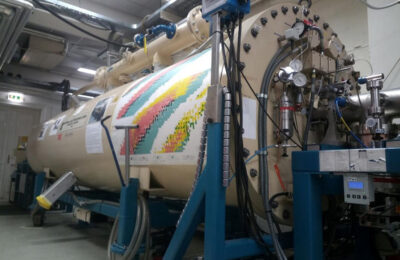HEAS Member Peter Steier publishes paper on dating Austria’s Lake Neusiedl
The landscape of present-day Austria was shaped by the ice ages, the last of which ended around 10,000 years ago. Modern scientific methods allow us to gain an insight into these processes long before historical records exist. One controversial question to date has been how long Lake Neusiedl has existed. Because there was no reliable evidence, estimates ranged from thousands to millions of years. In a joint endeavour, scientists from four Austrian universities have now succeeded in narrowing down the age of Lake Neusiedl to around 25,000 years. Stephanie Neuhuber from the Institute of Applied Geology at the University of Natural Resources and Life Sciences (BOKU) Vienna, under whose leadership the study was carried out, is surprised by this age, which coincides with the peak of the last ice age, as it was actually particularly dry at that time. The age was determined by radiocarbon dating of carbonate minerals formed in the lake water and deposited in mud on the lake bed. Read more here Read full paper


